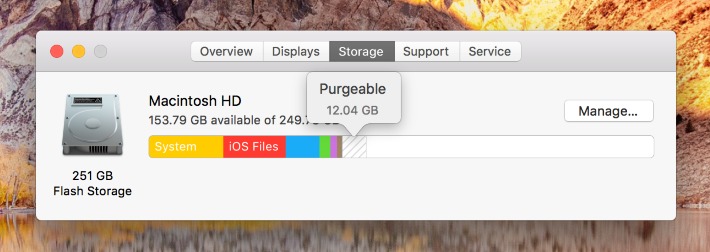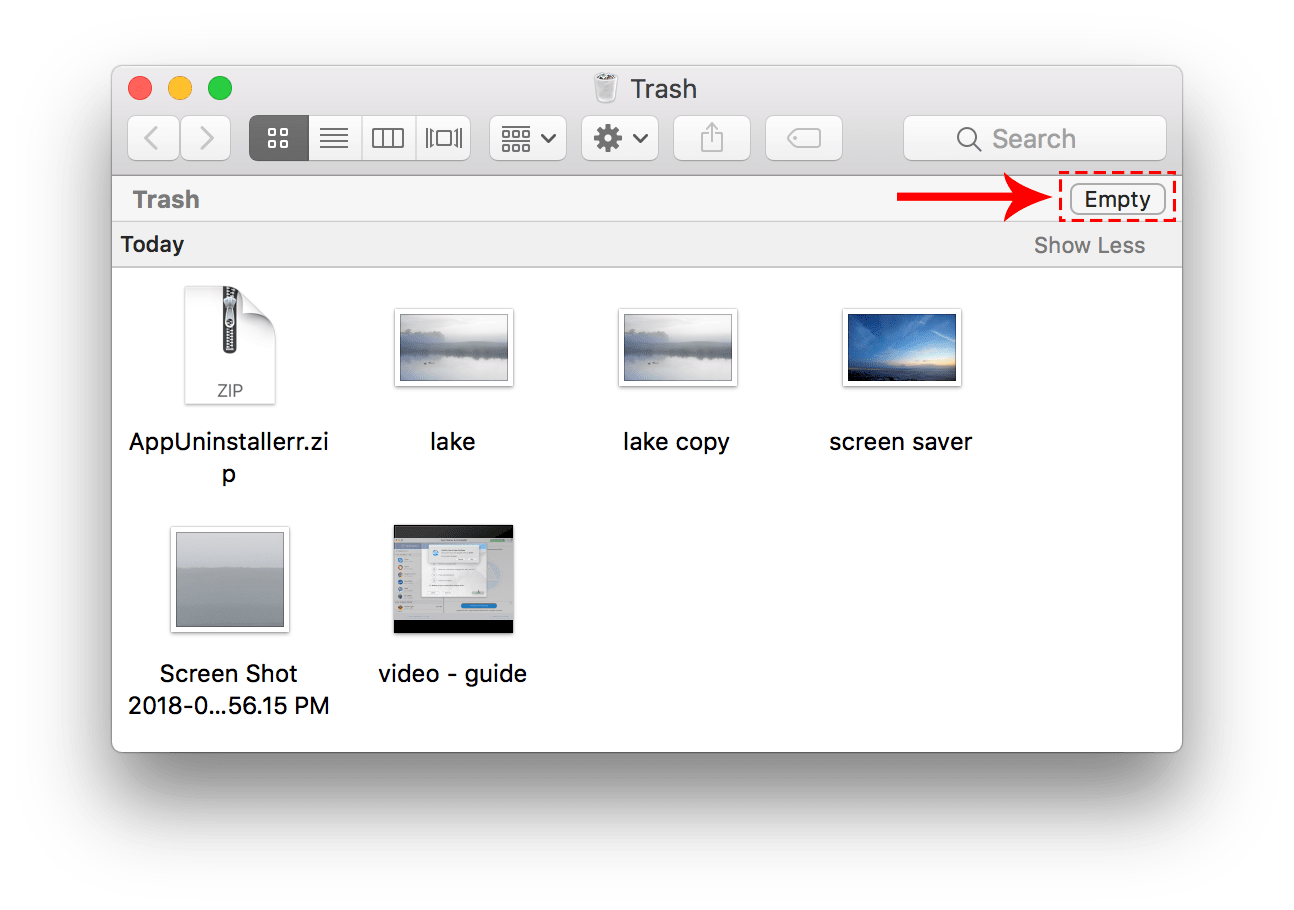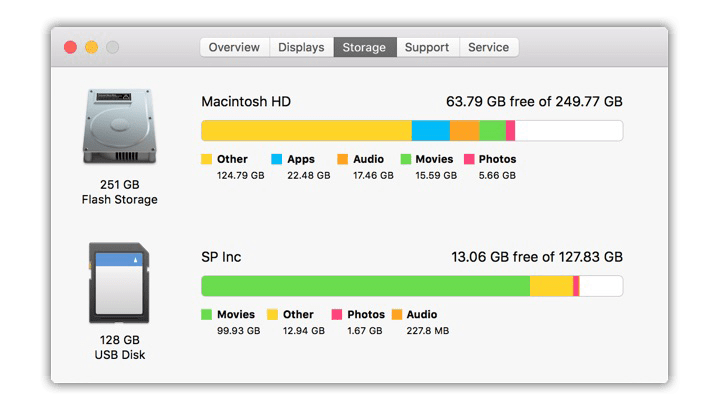

- #How to clean space on mac how to
- #How to clean space on mac full
- #How to clean space on mac pro
- #How to clean space on mac software
- #How to clean space on mac tv
As a result, this folder may increase substantially in size over time.īy default, the Library folder is hidden on macOS, as Apple keeps their system files and protects the files from accidental removal. However, in the ~/Library/Caches folder, you will see a huge number of junk files, which are created when you run applications. Usually, these files don’t occupy too much space. In /Library/Caches you will find temporary files created by the system. Even so, it’s a good idea to clear the cache from time to time.Īpps you may no longer be using, as well as their leftovers, still remain in the Cache folder and occupy tens of gigabytes of your disk memory.Ĭache files are stored in the Library folders, which you can find in the following locations: Note that when you remove cache files, they will be recreated the next time you run the application.
#How to clean space on mac software
You can remove unneeded files manually or use special software tools for quick and easy disk cleanup.Ī cache file is a temporary data file created by apps, browsers, and many other programs to help your Mac run faster. But it often happens that the biggest space eaters are the “Other” files, including caches, logs, cookies, archives, disk images, plugins, extensions and so on. Usually, movies, pictures, or backups take up the most space.

#How to clean space on mac tv

On the storage usage panel, you can see the Manage button. The larger the bar, the larger the space taken up by those types of files: Photos, Apps, Movies, Audios, Backups, Documents, and Other. There are seven general categories of data stored on your Startup Disk.
#How to clean space on mac how to
How to check startup disk on your Macįollow the next steps to see what kind of files eat your startup disk space. For example, you can upload some large files to the cloud or offload them to a backup disk, however, this approach requires you to have additional storage.

Video GuideĪlso, you should analyze your disk space usage and remove all unneeded digital stuff.
#How to clean space on mac full
Watch the video to see how easy it is to fix full startup disk error with MacCleaner Pro.
#How to clean space on mac pro
You can either remove junk files manually or use MacCleaner Pro to perform this task quickly and easily. This would free up much space on your disk. You can clear caches and other temporary files, uninstall unused apps, remove duplicate files and delete other junk on your Mac. For the macOS system to work properly, you will need to free up from 10 to 30 Gigabytes by removing unneeded files. In general, when your Mac startup disk is full, you need to clean up your Mac and recover some space. What to do if the startup disk is full on Mac It can also prevent applications from being able to launch or work properly, including suddenly crashing or simply ceasing to work. Lack of free space on the startup disk leads to both unstable and slow performance of the macOS system. How does “Startup Disk Full” affect your Mac? Since macOS Big Sur, the warning message about running low on disk space looks like that: Here is the message the users get when the startup disk is full: To resolve this issue, you need to free up some disk space. This is often due to having too many files occupying your Mac’s hard drive, bringing free space to a dangerously low level. The warning message indicating that your startup disk is almost full appears when there is no longer enough free space on your disk. What does “Your startup disk is almost full” mean? You can change that name but it would still be the startup disk of your Mac. By default, the Startup Disk is the disk named “Macintosh HD” and the user’s applications, files, and any data are also stored on this disk. A startup disk on Mac is a hard drive’s partition where macOS is installed.


 0 kommentar(er)
0 kommentar(er)
